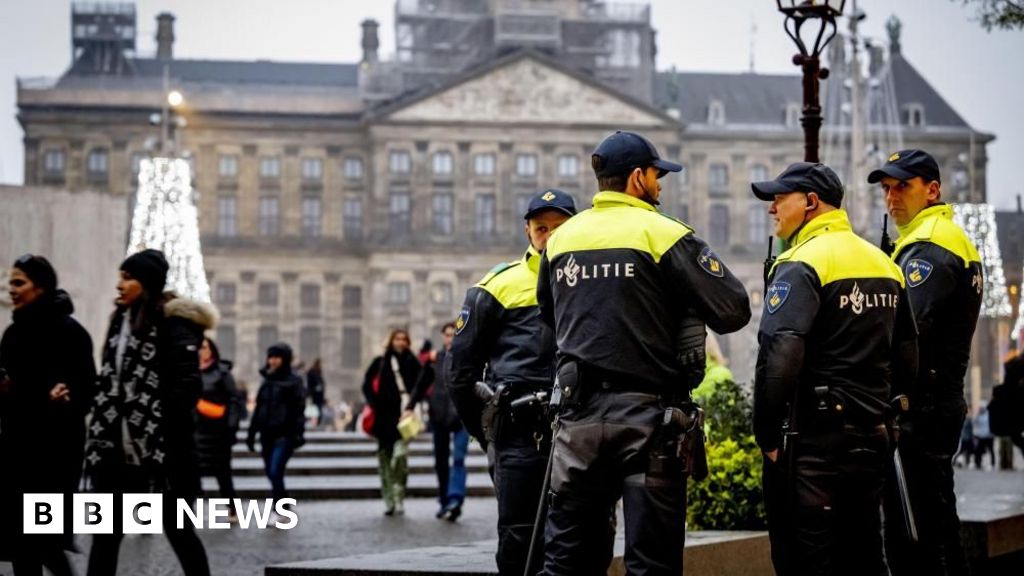ARTICLE AD BOX
Image source, Reuters
Image caption,US climate envoy John Kerry said that "co-operation is the only way to get this done"
China and the US have agreed to boost climate cooperation over the next decade, in a surprise announcement at the COP26 climate summit in Glasgow.
The two countries released a rare joint declaration promising action.
It says both sides will "recall their firm commitment to work together" to achieve the 1.5C temperature goal set out in the Paris Agreement.
They called for stepped-up efforts to close the "significant gap" that remains to achieve that target.
Scientists say that limiting global temperature rises to 1.5C will help humanity avoid the worst climate impacts. This is compared to pre-industrial temperatures.
In 2015, world leaders pledged to try to keep the world from warming by more than between 1.5C to 2C through sweeping emissions cuts.
China's top climate negotiator Xie Zhenhua told reporters that on climate change "there is more agreement between China and US than divergence".
He was followed by John Kerry, the US climate envoy, who said the US and China "have no shortage of differences, but on climate, co-operation is the only way to get this job done".
There were joint steps agreed on a range of issues including methane emissions, the transition to clean energy, and de-carbonisation.
But China refused to join an agreement earlier this week to limit methane - a harmful greenhouse gas. The deal was signed by nearly 100 other countries. China has instead pledged to develop a "national plan" to address methane.
Perhaps the most important clue as to the significance of this statement is in the last bit of the title - a joint declaration on enhancing climate action in the 2020s.
If the world wants to keep the 1.5C temperature threshold in sight, then the steps taken to limit carbon emissions in the next nine years are absolutely critical.
While China has been reluctant to tackle its domestic coal emissions in the short term, this statement is a recognition of the urgency of action.
So the joint steps agreed - on methane, forests and technology transfer - are important symbolically and also potentially in emissions terms.
The agreement is also a recognition by both sides that there is a massive gap between the efforts of countries to limit emissions to date, and what science says is necessary for a safer world.
Closing that gap means a strong agreement here in Glasgow.
The optics and timing of this statement, regardless of the contents, certainly give that a boost.

 3 years ago
91
3 years ago
91








 English (US)
English (US)